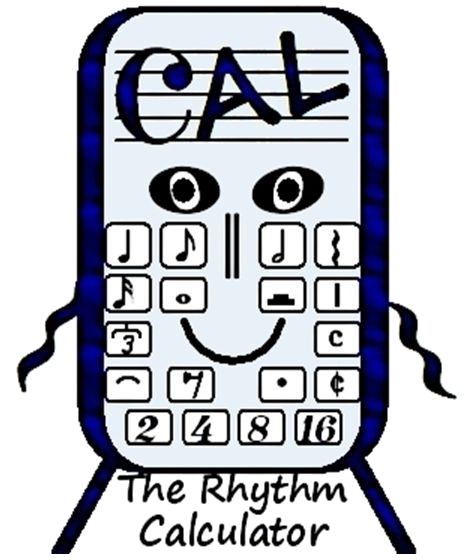Rhythm Notation
Rhythm notation serves to organize time and convey the composer’s rhythmic intentions to the performer. Each notated rhythm fine-tunes the correct and accurate measurement of sound duration. Different symbols represent duration of sounds.
As you learned from Constance, Tempo is the speed of the regularly occurring accents of music. Rhythm is the organization of accent patterns within a tempo. Rhythmic durations are called note values. This makes perfect sense, since they are notated (written) and define the value (length) of the duration.
Rhythm notation involves the combining of notes of varied duration with the absence of notes, called rests.
(Duration means length). Some notes have a duration that equals the length of one click of tempo, regardless of the Beats Per Minute. Some notes and rests can add up to two, three, four, or more clicks.
The word beat means one click of a tempo. Other notes take up only part of a beat and need to join with other notes or rests in order to fill the duration of time before the next beat commences. Beats are organized in recurring patterns of accent called Measures. Just as inches are the same length, measures are groups of beat patterns that have the same length of time.
 The above may sound a little tricky, but is really very simple once you get the hang of it!
The above may sound a little tricky, but is really very simple once you get the hang of it!
Before we get to the details, Q has returned with a Staff Bulletin.
![]()

